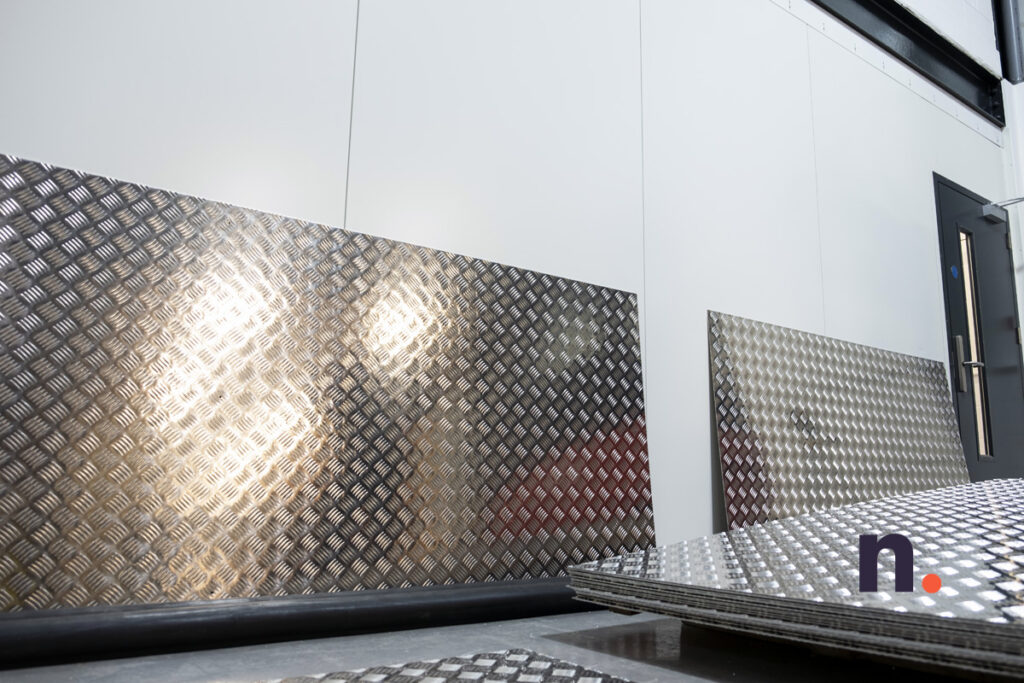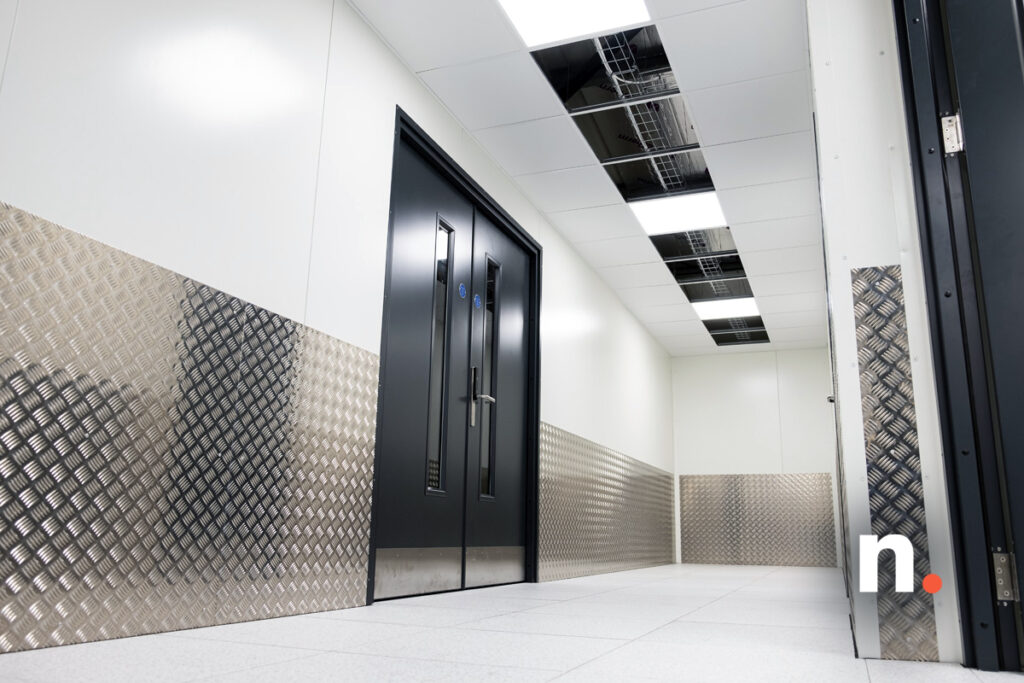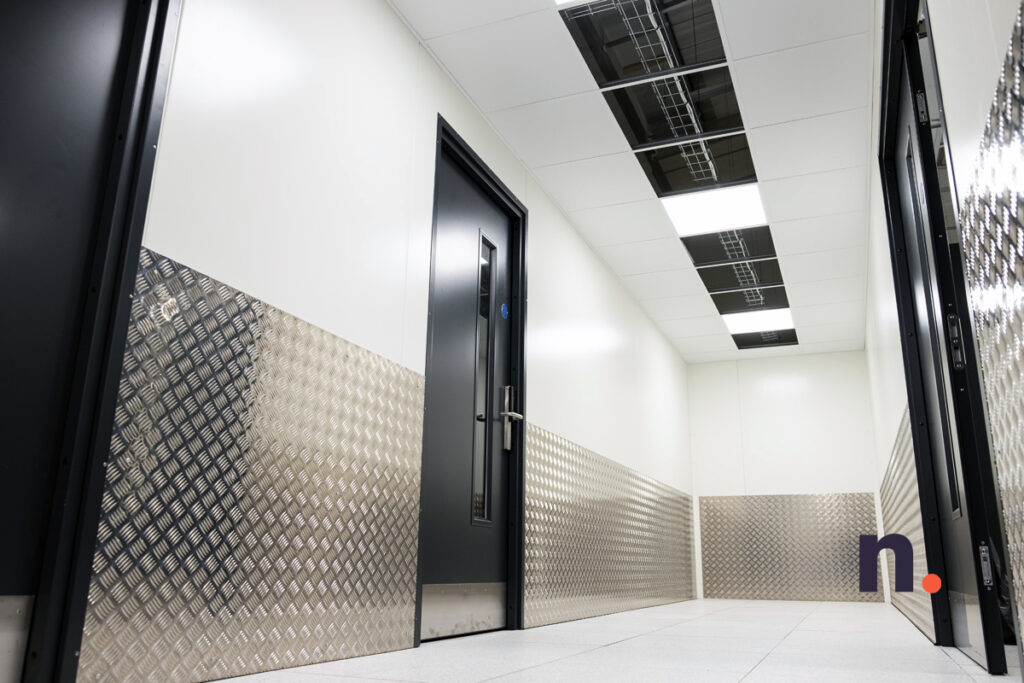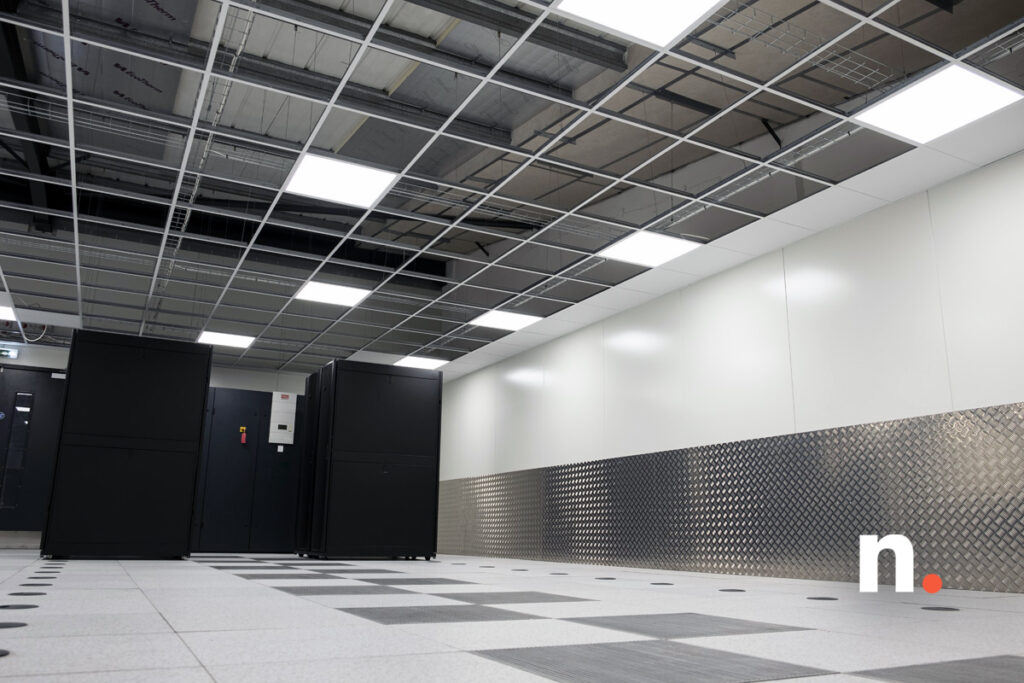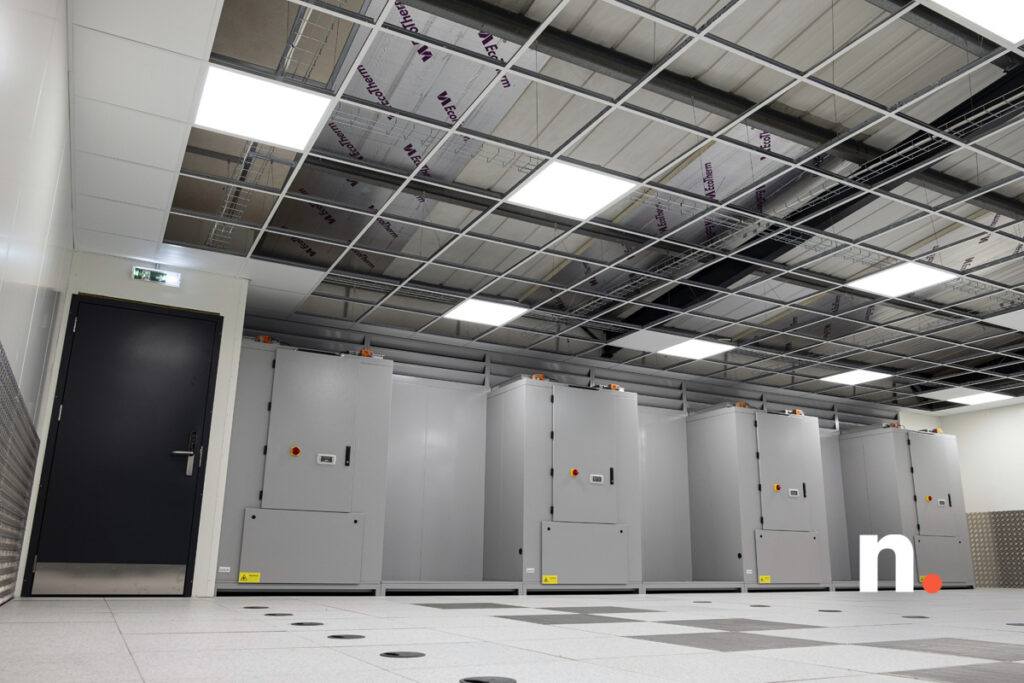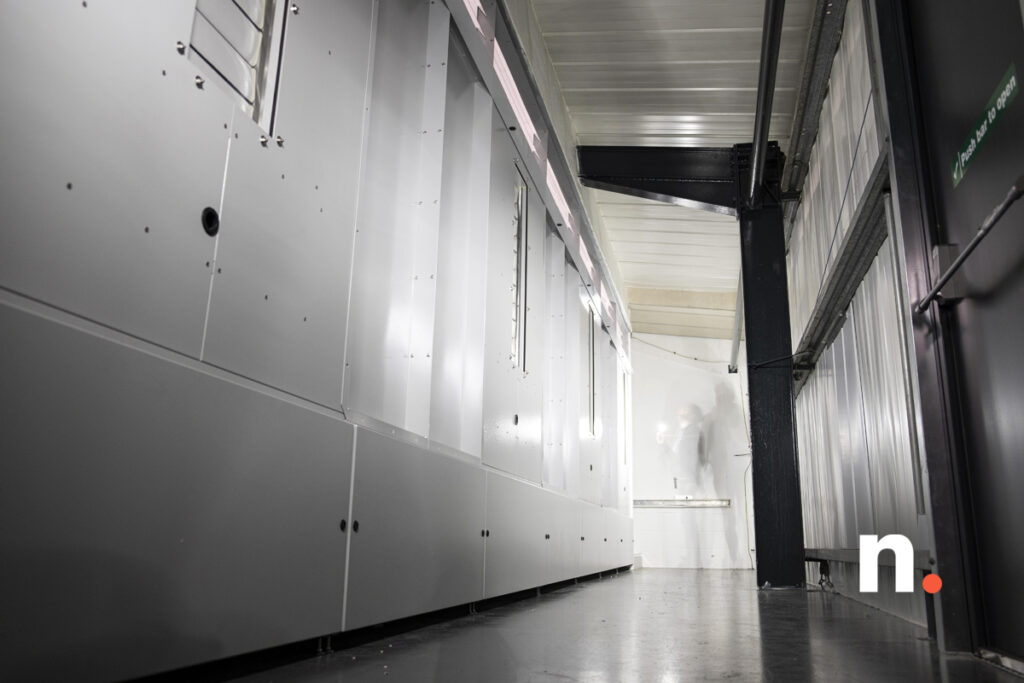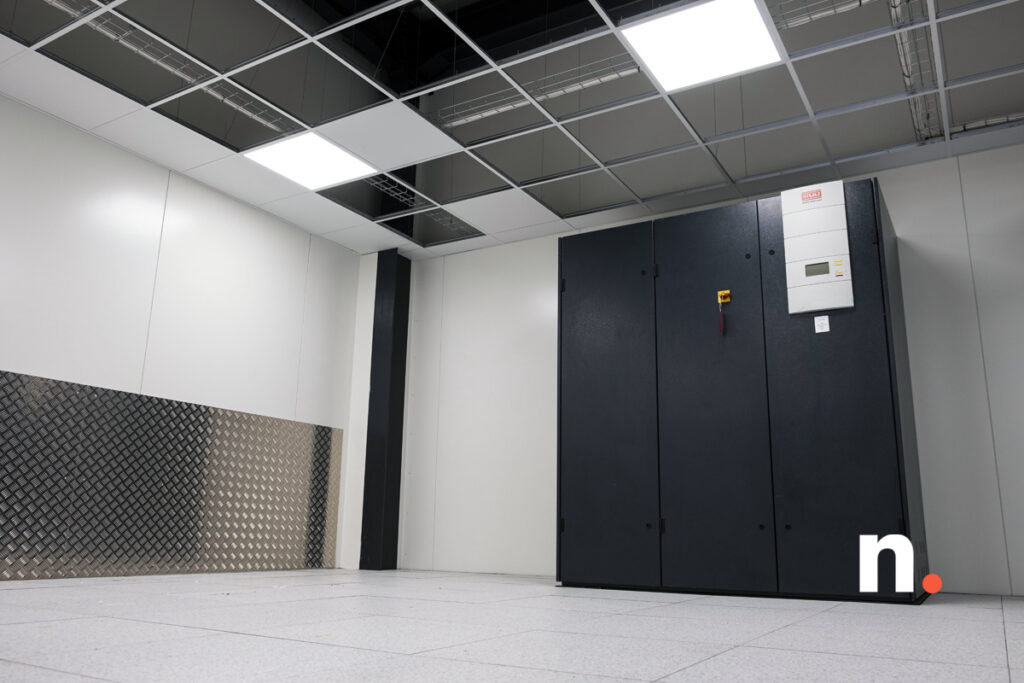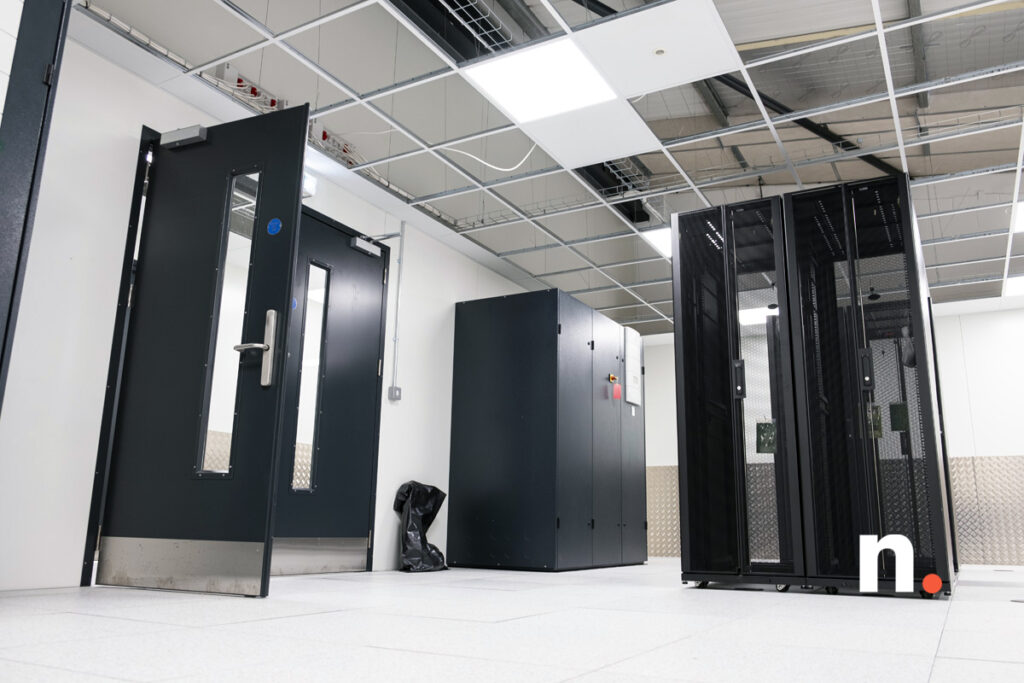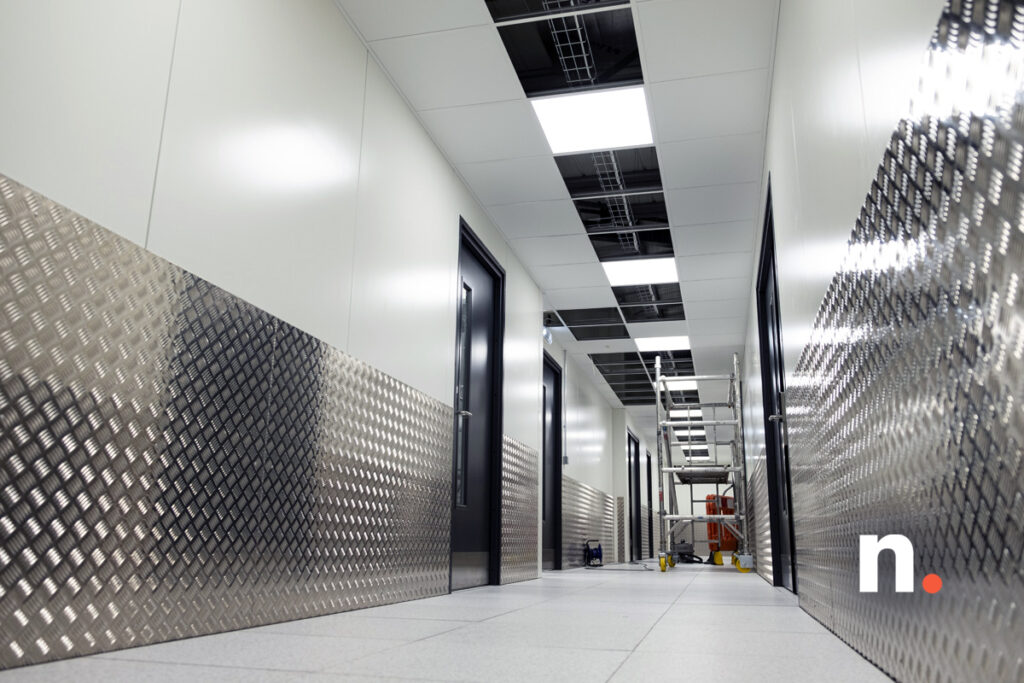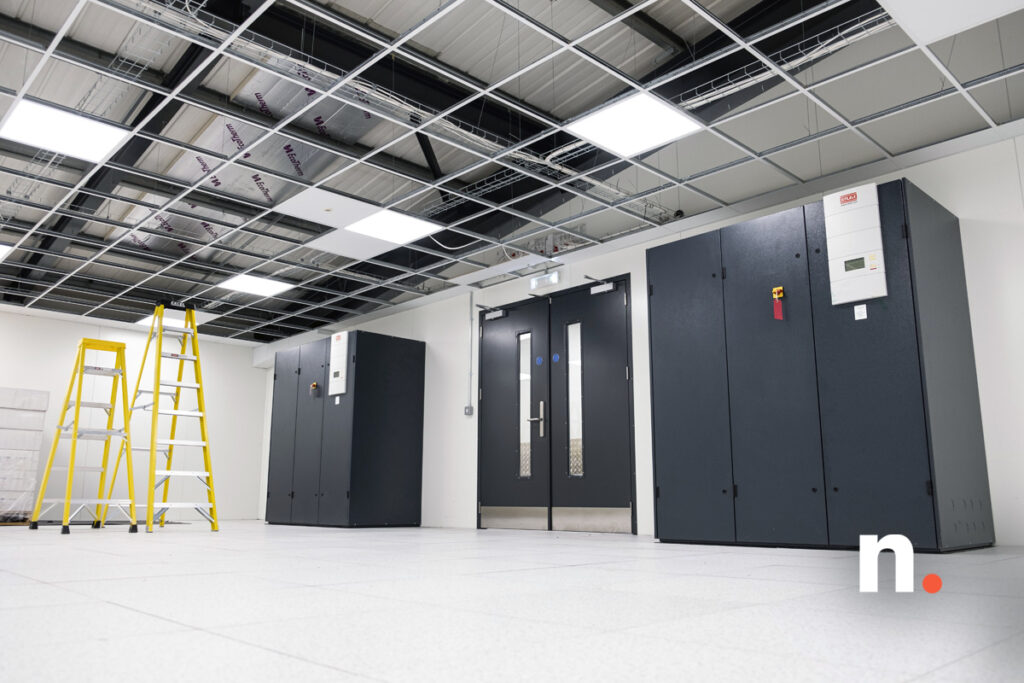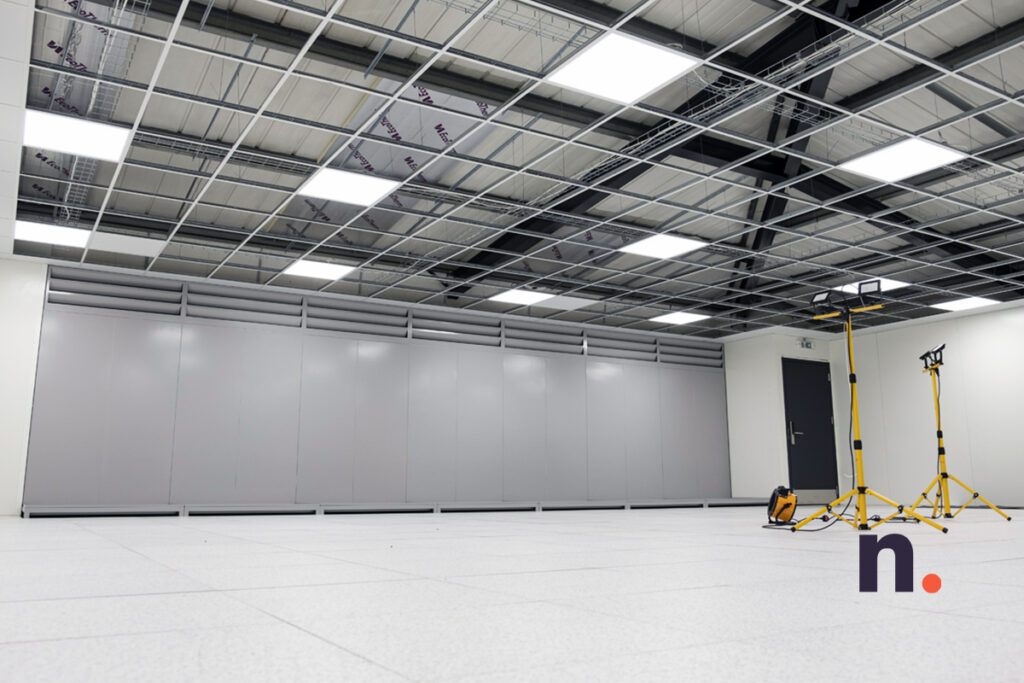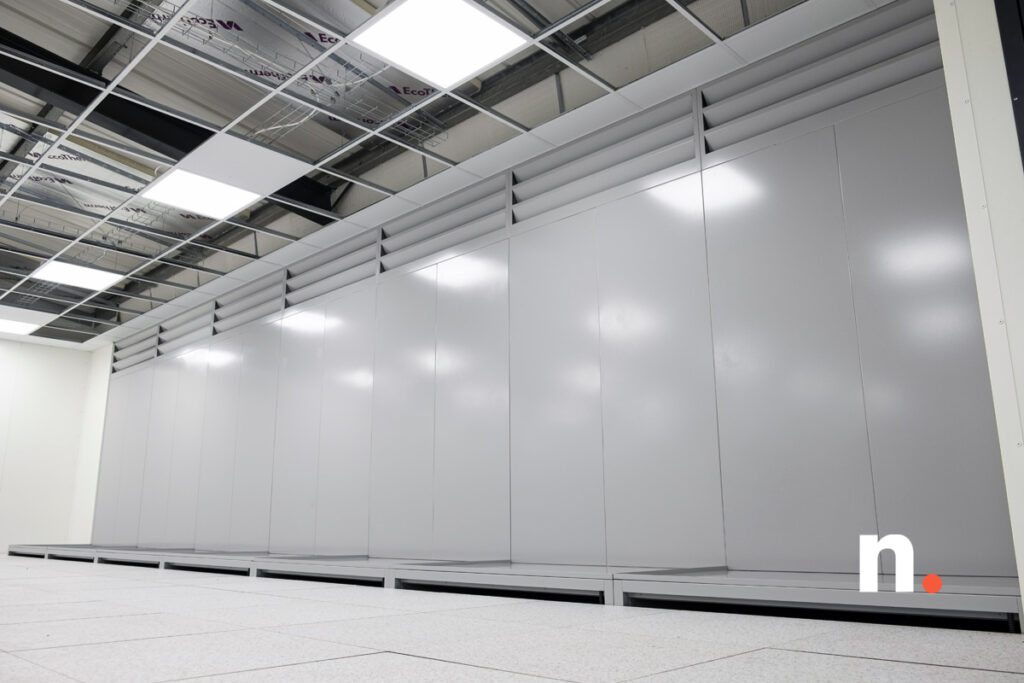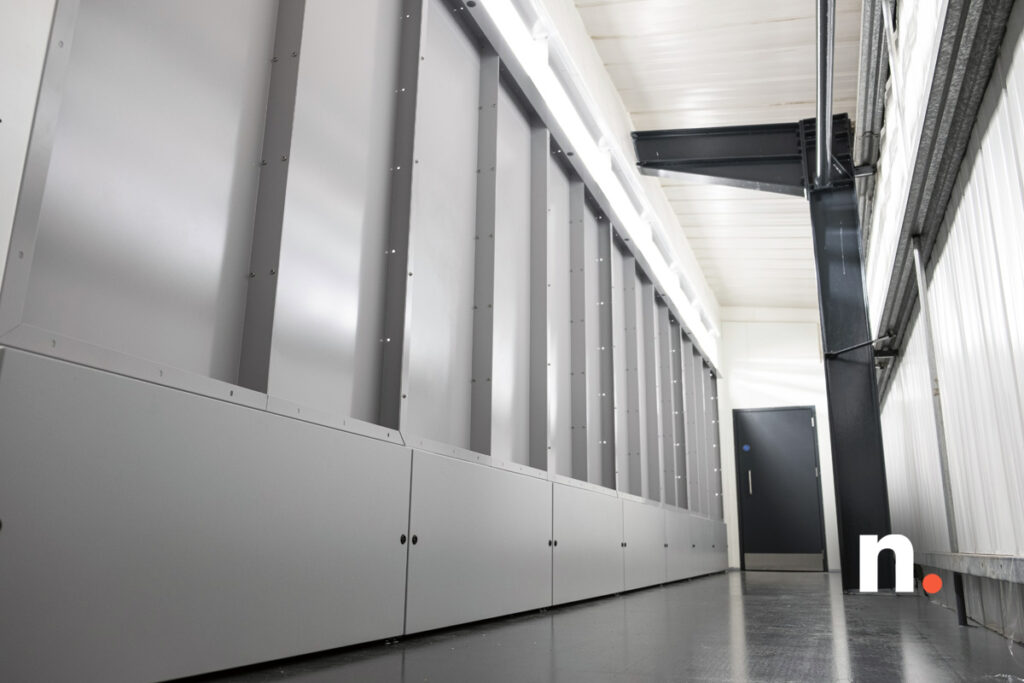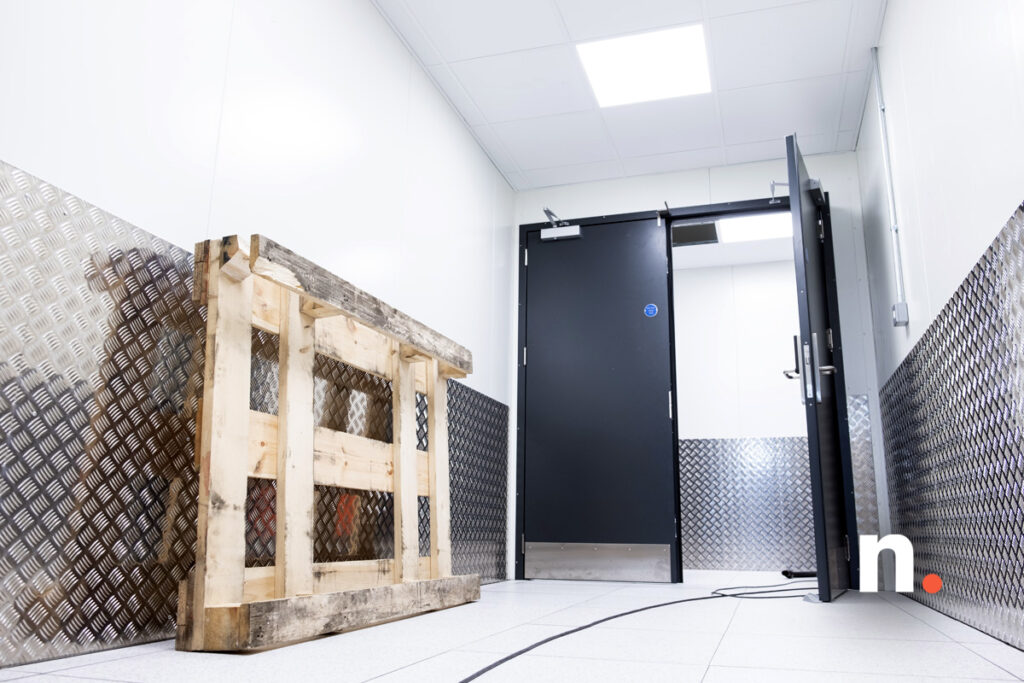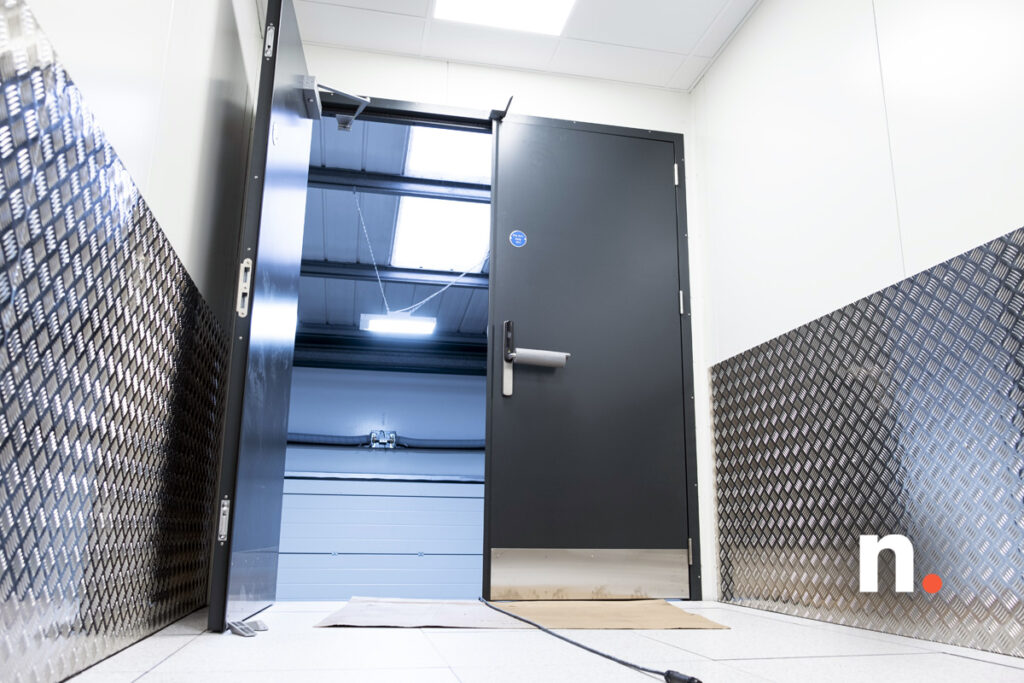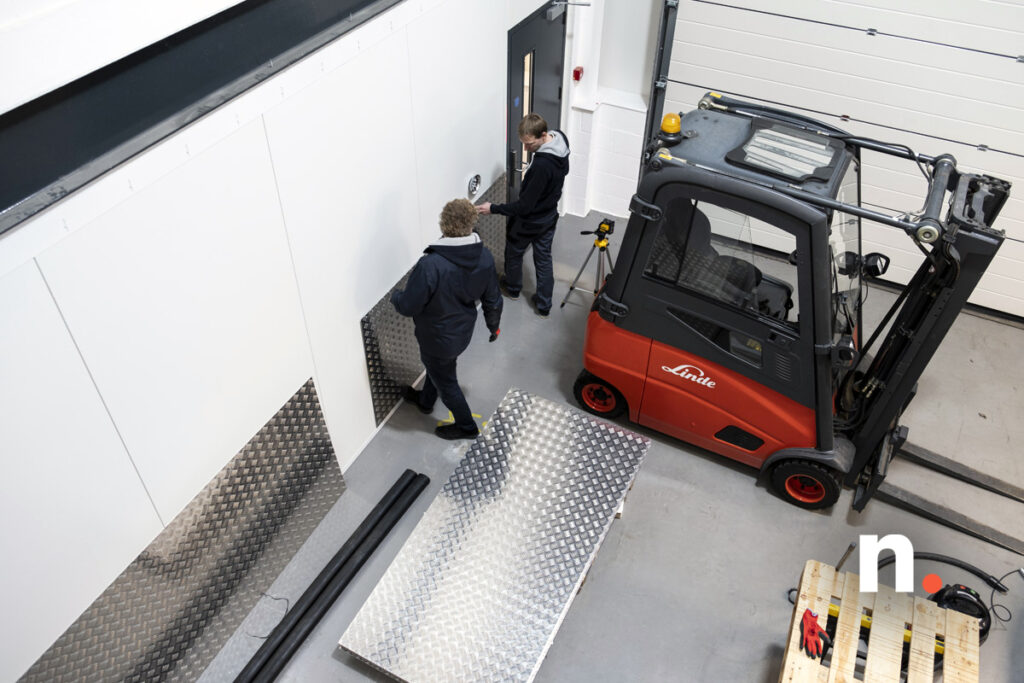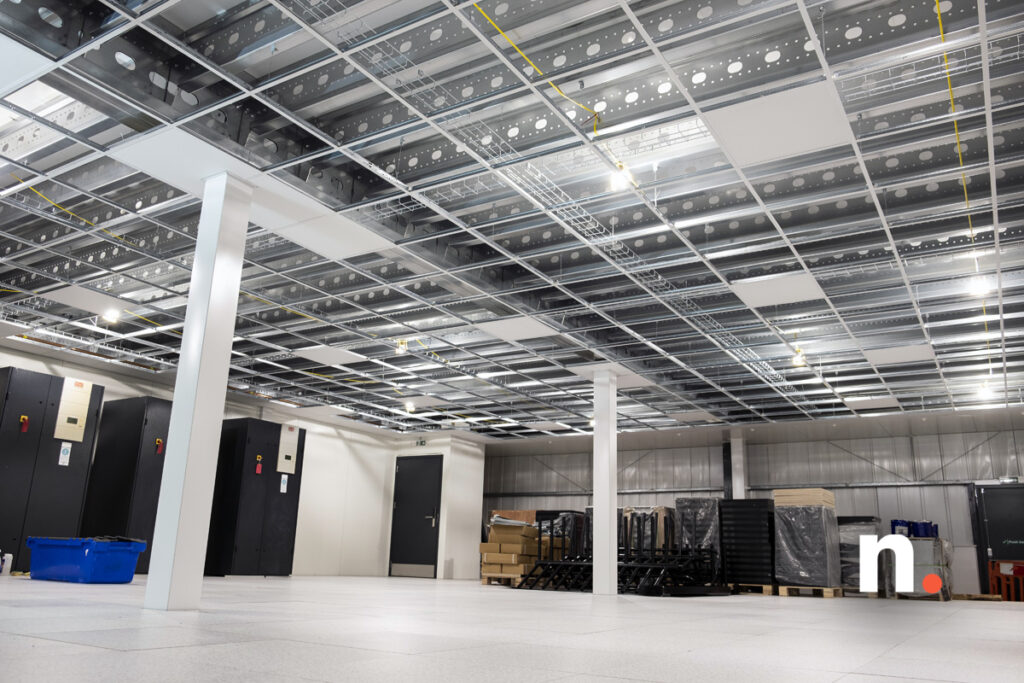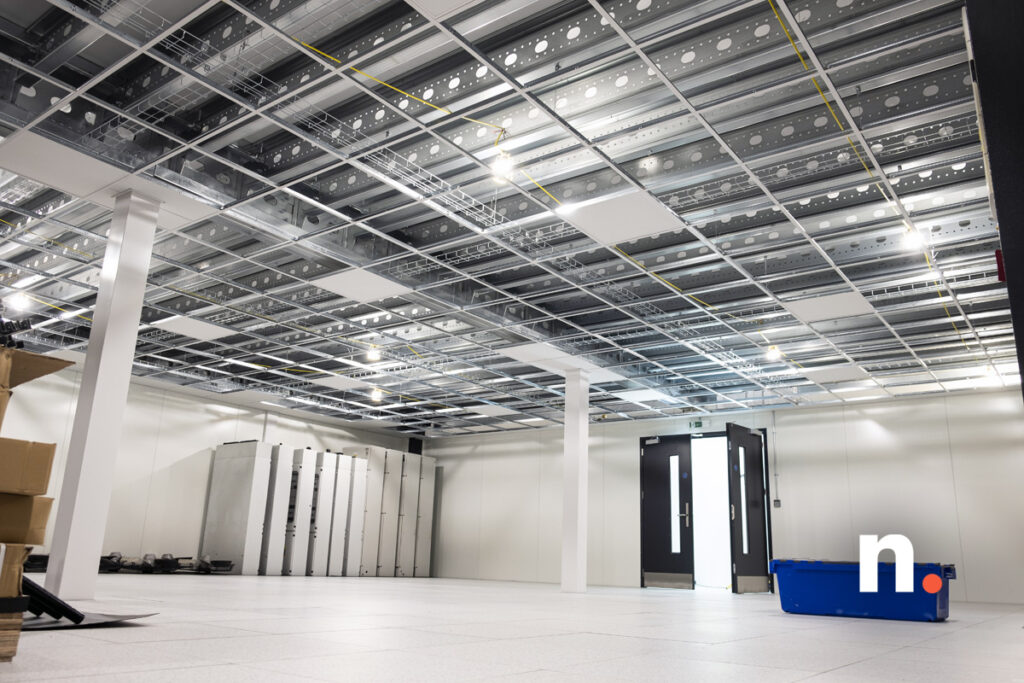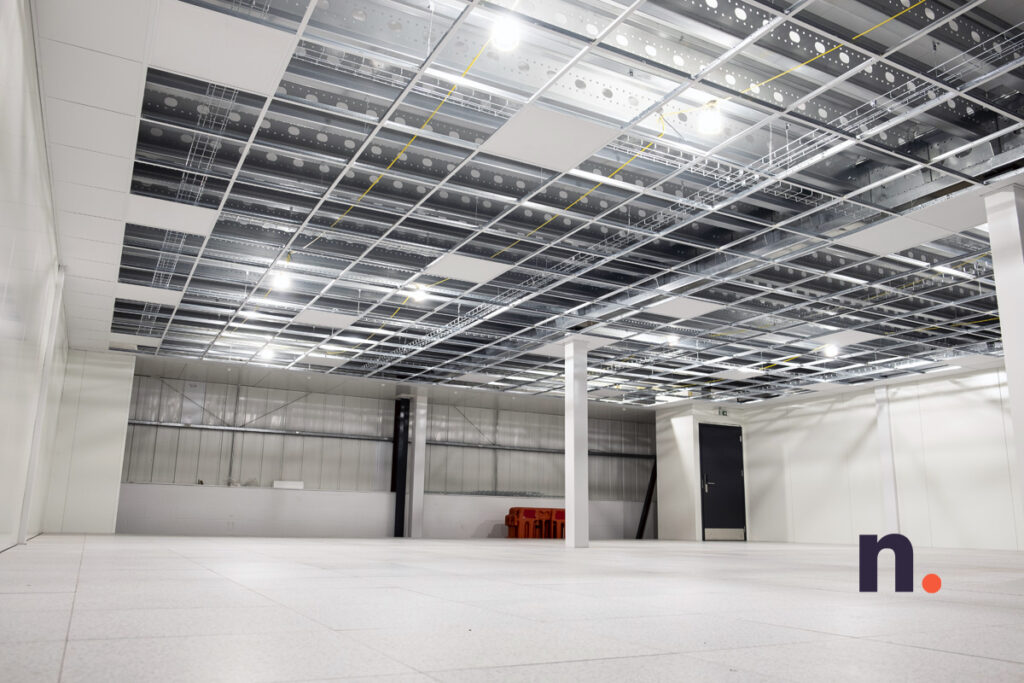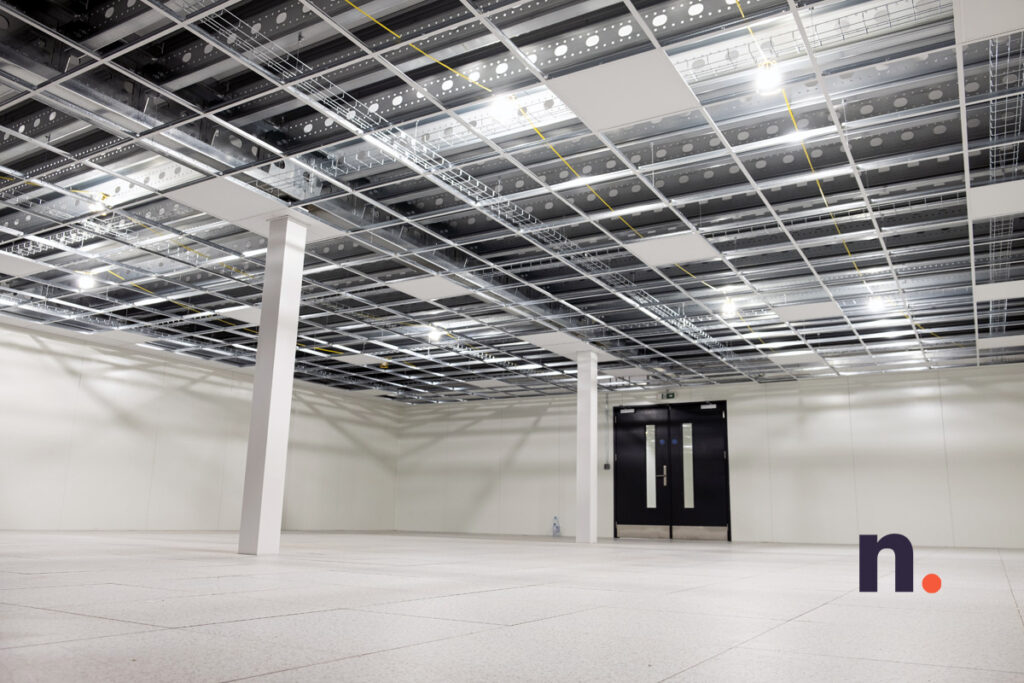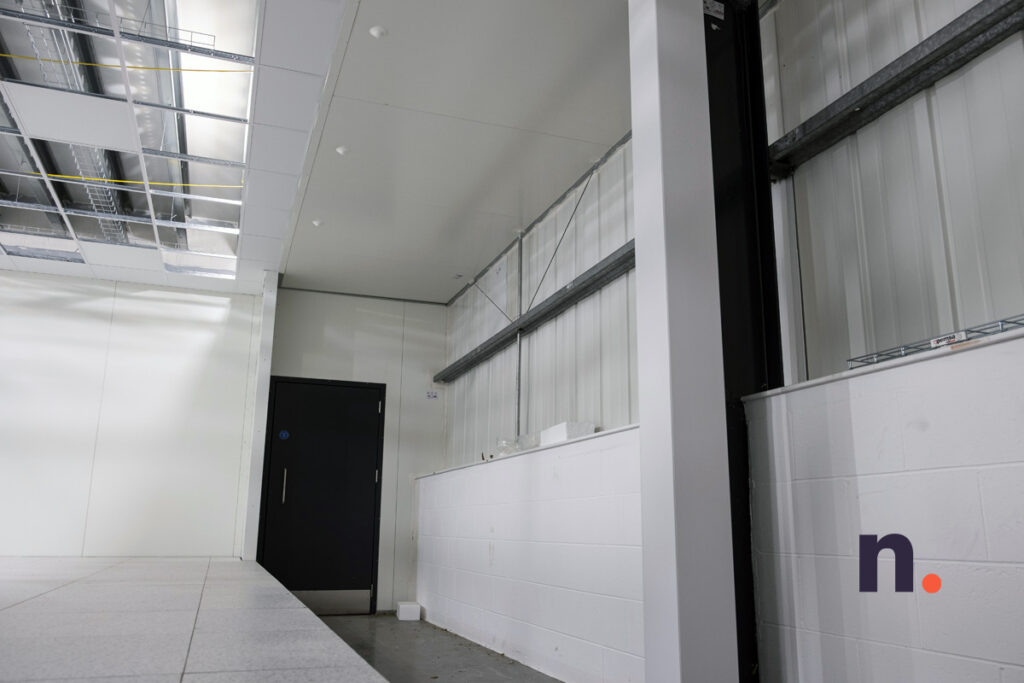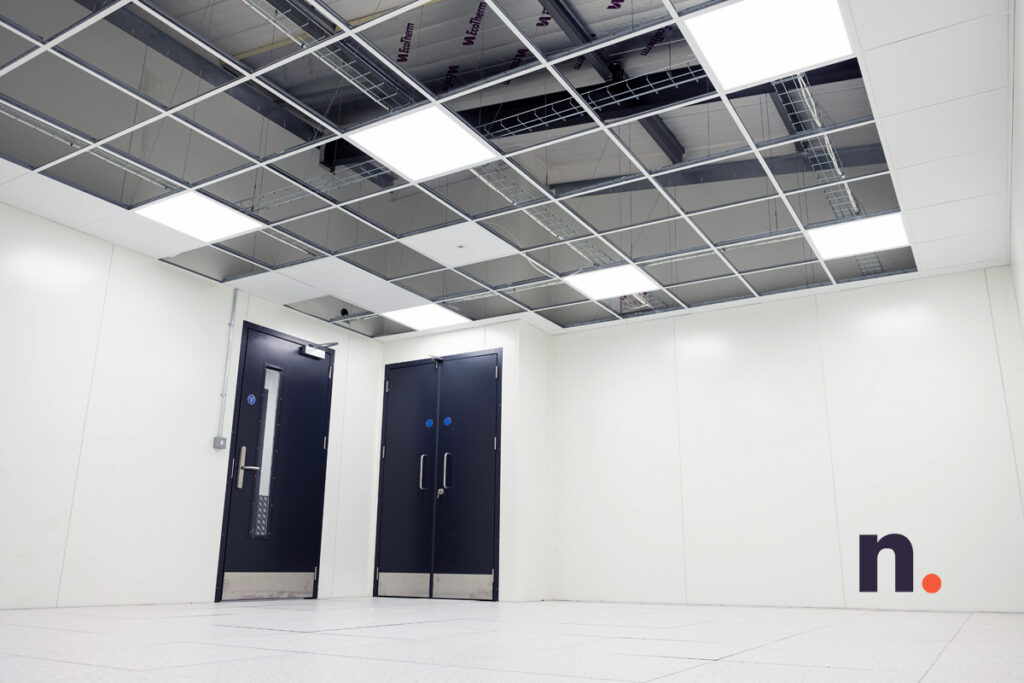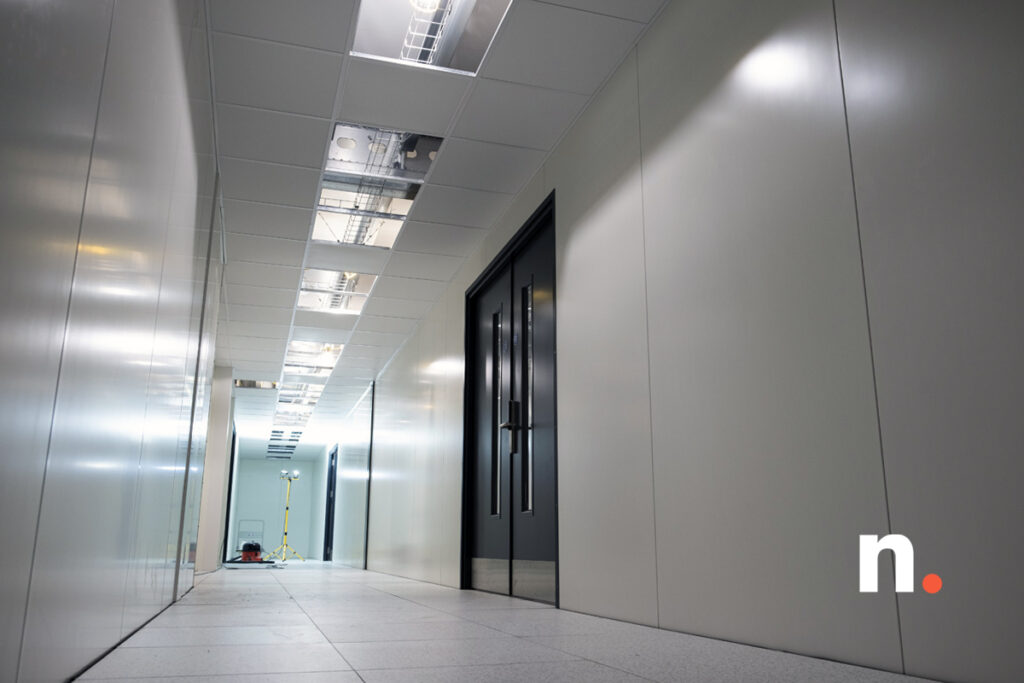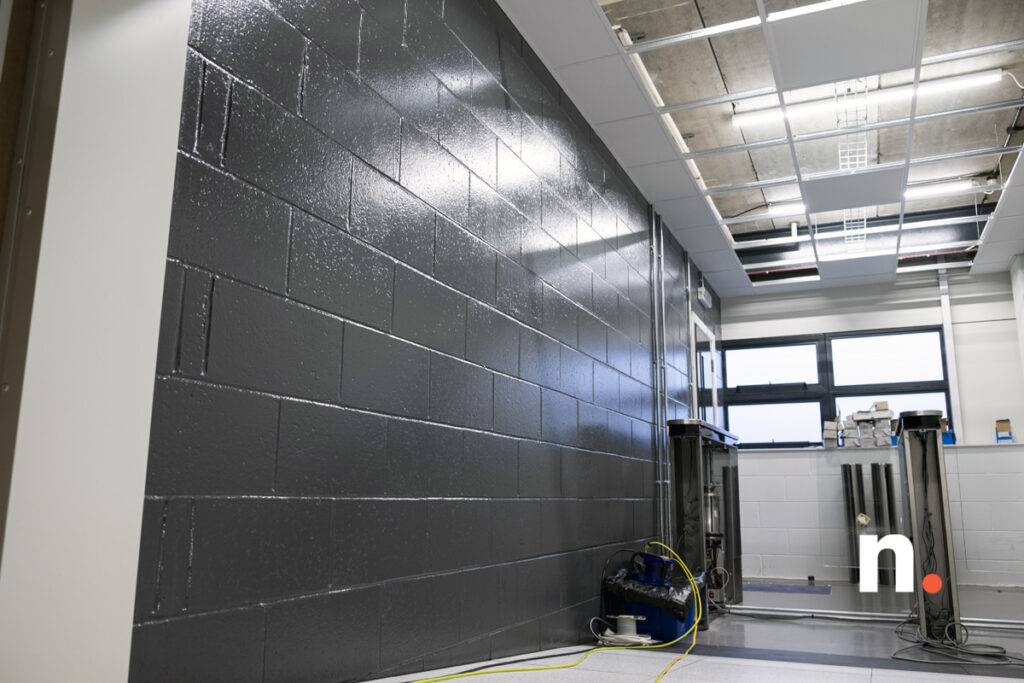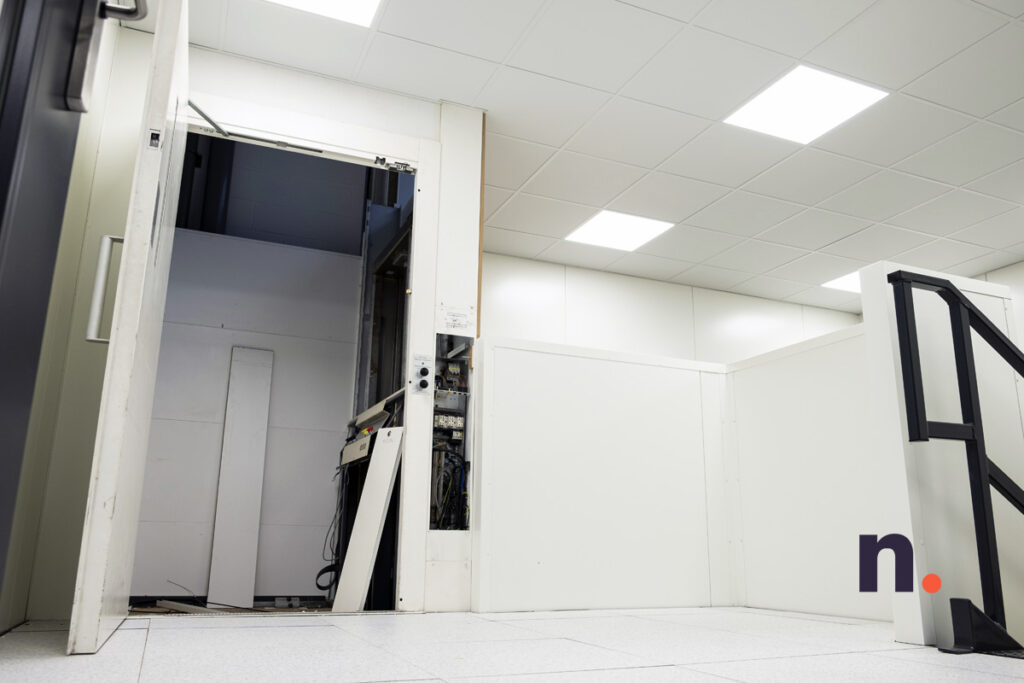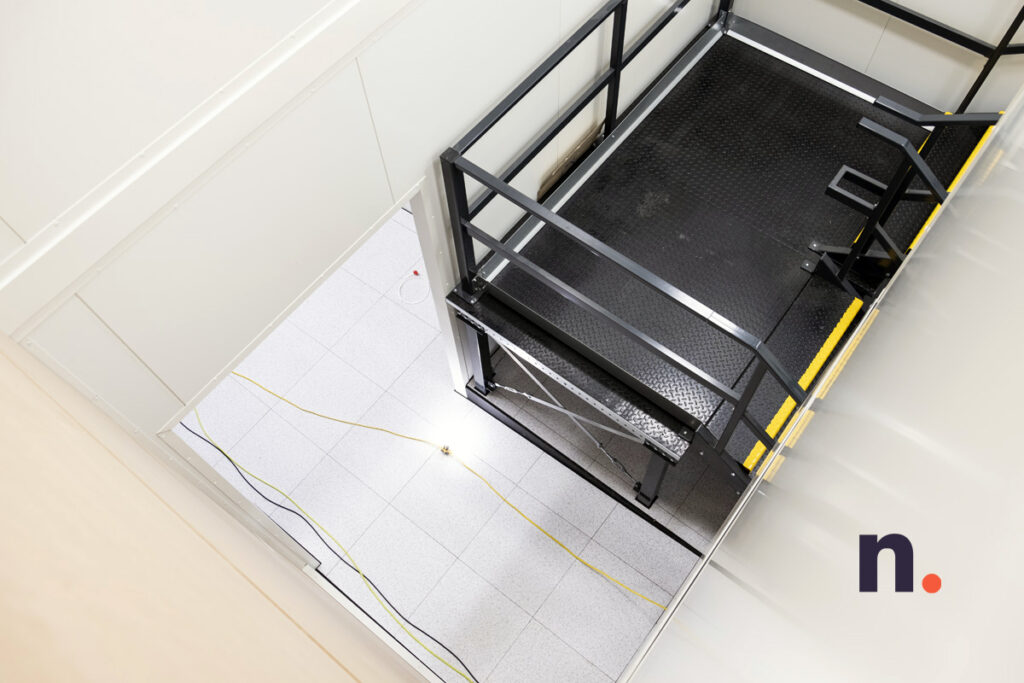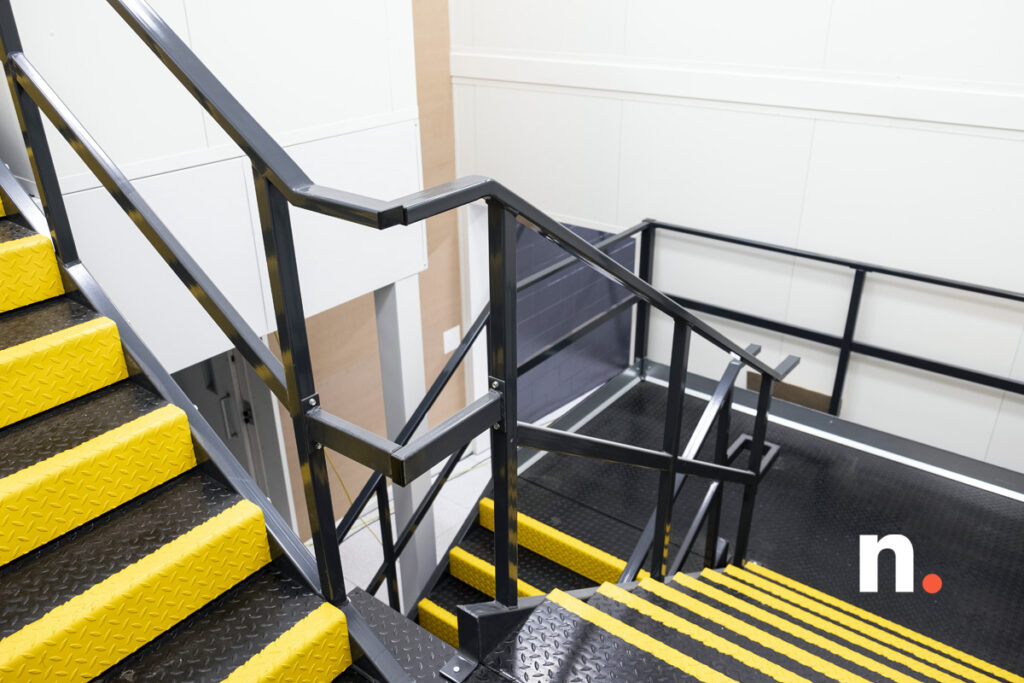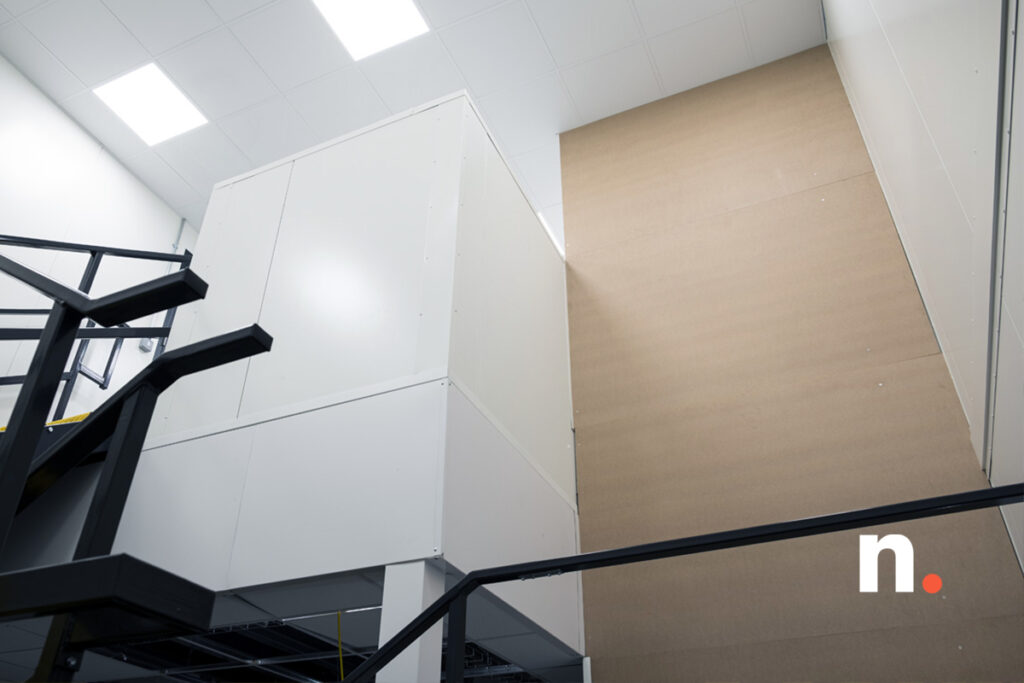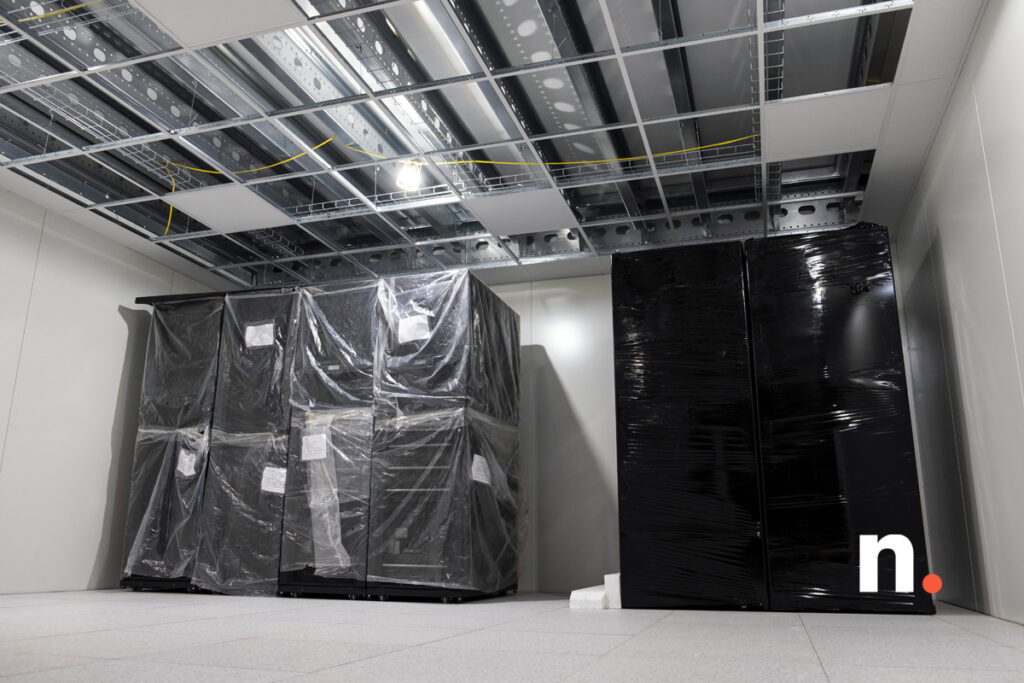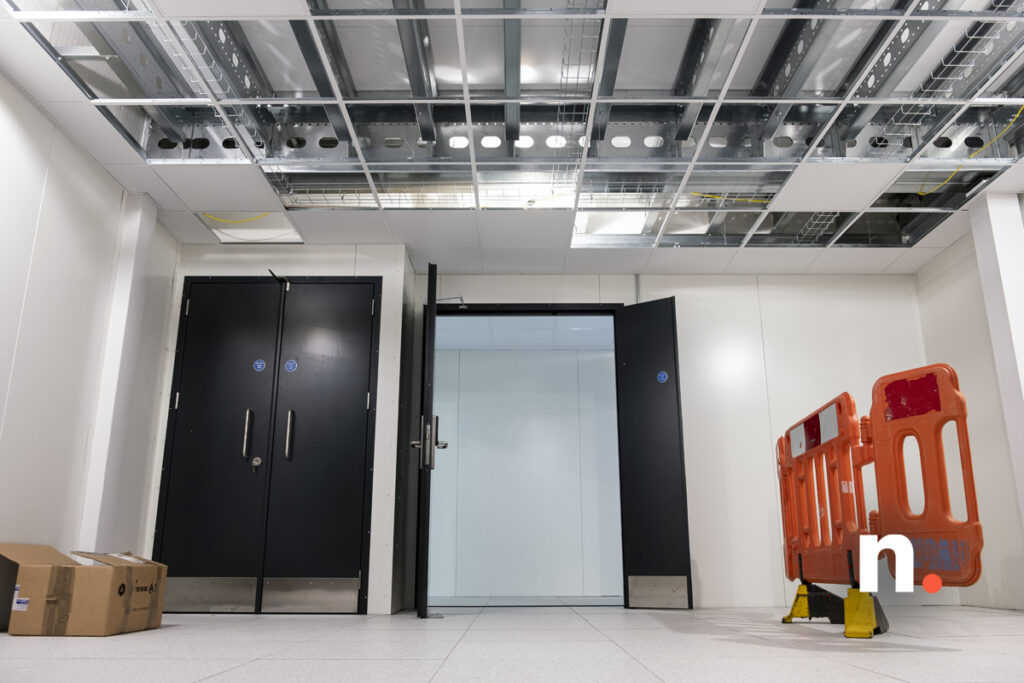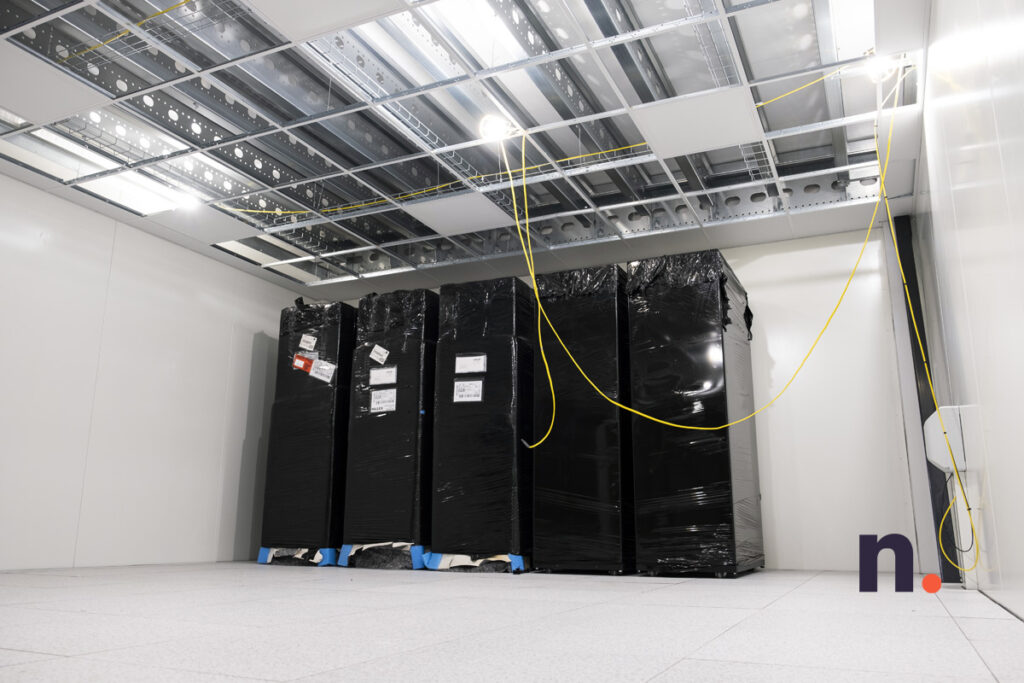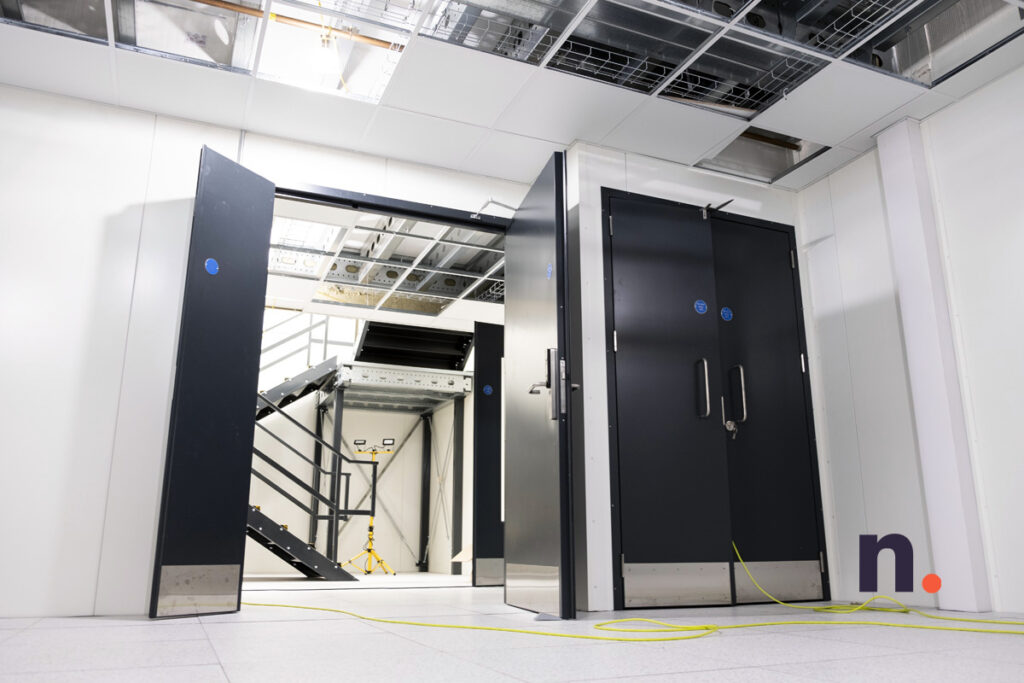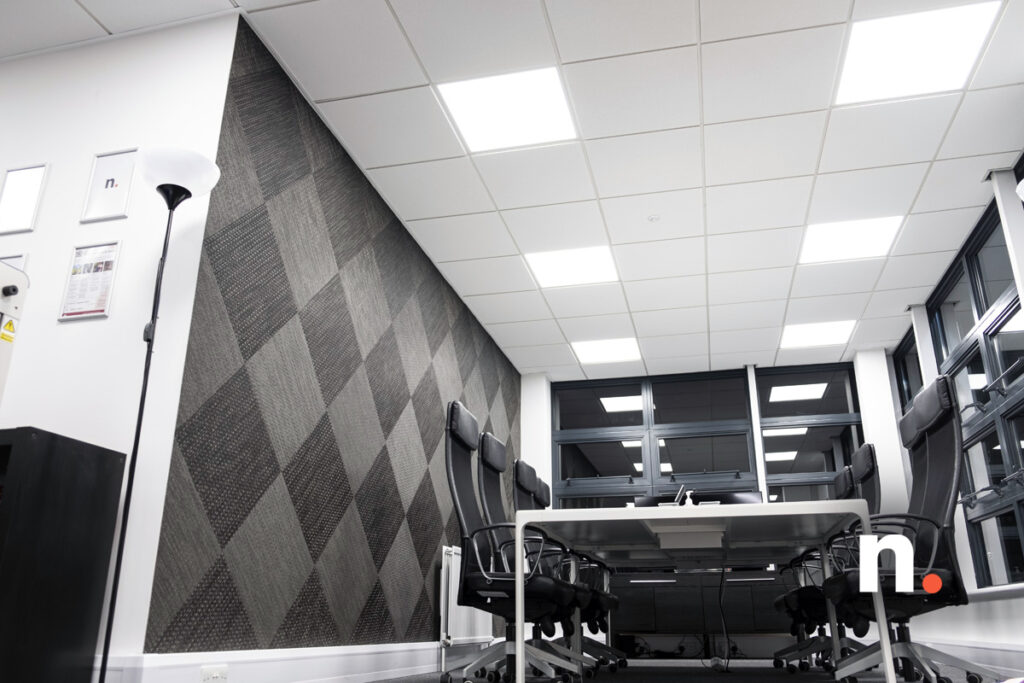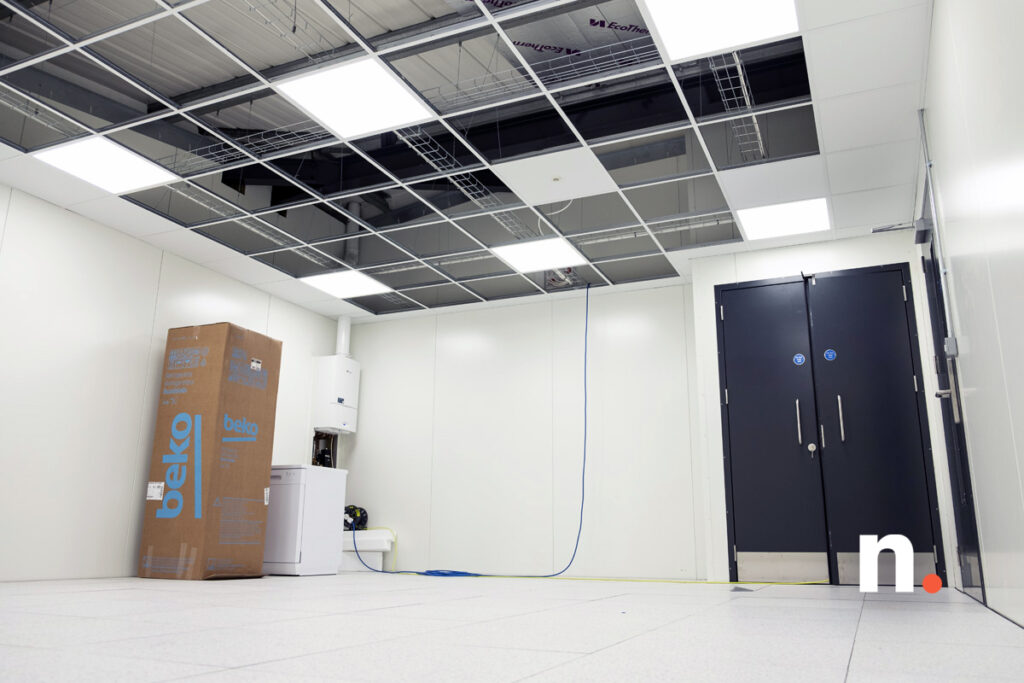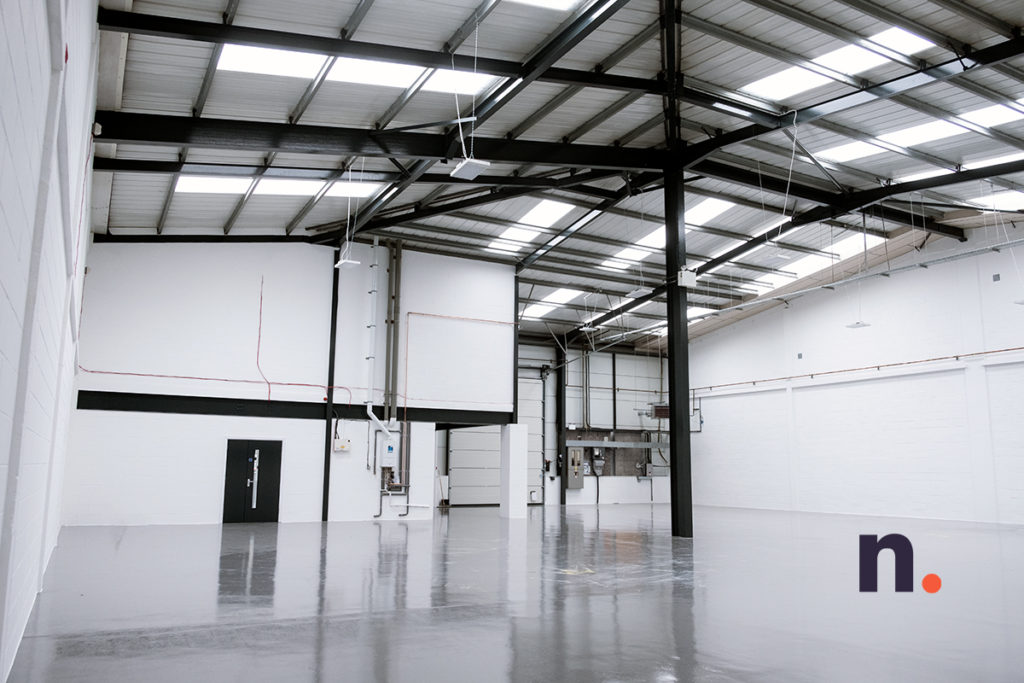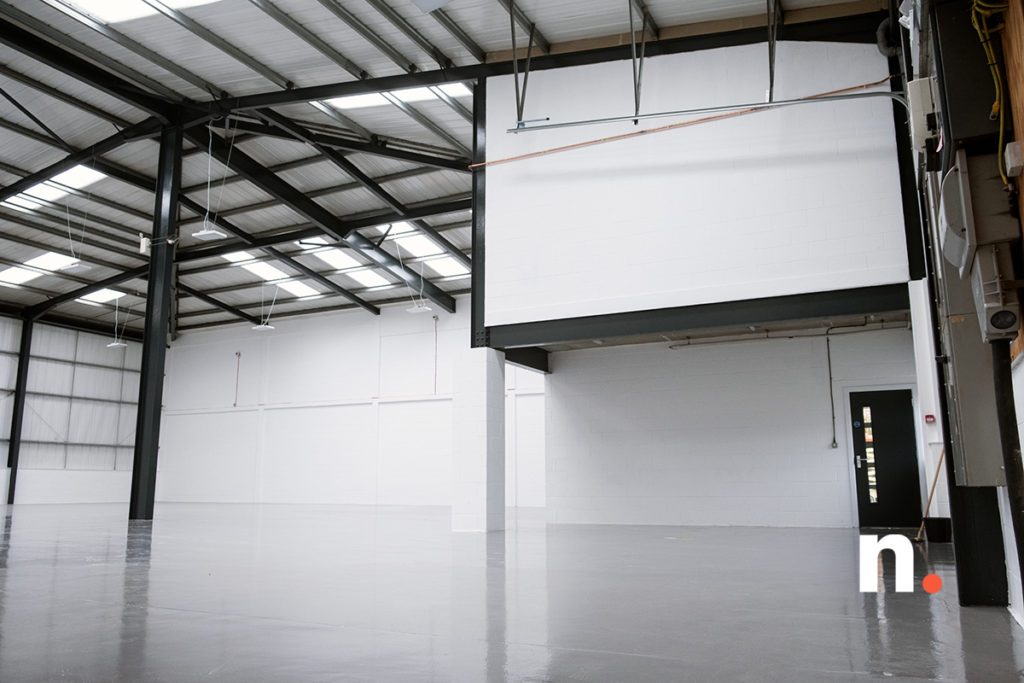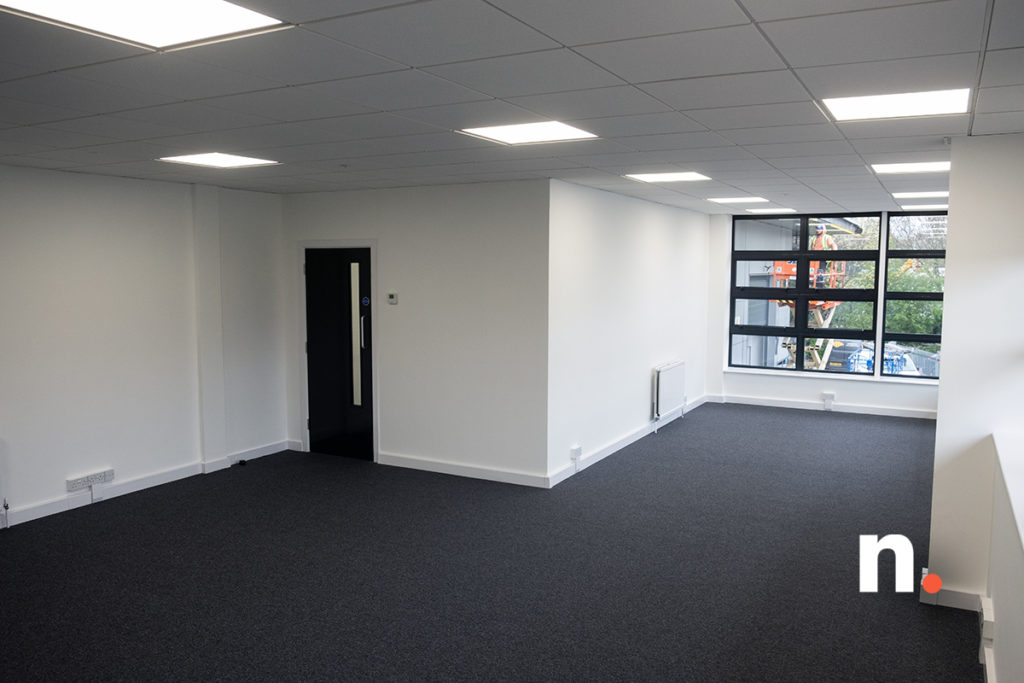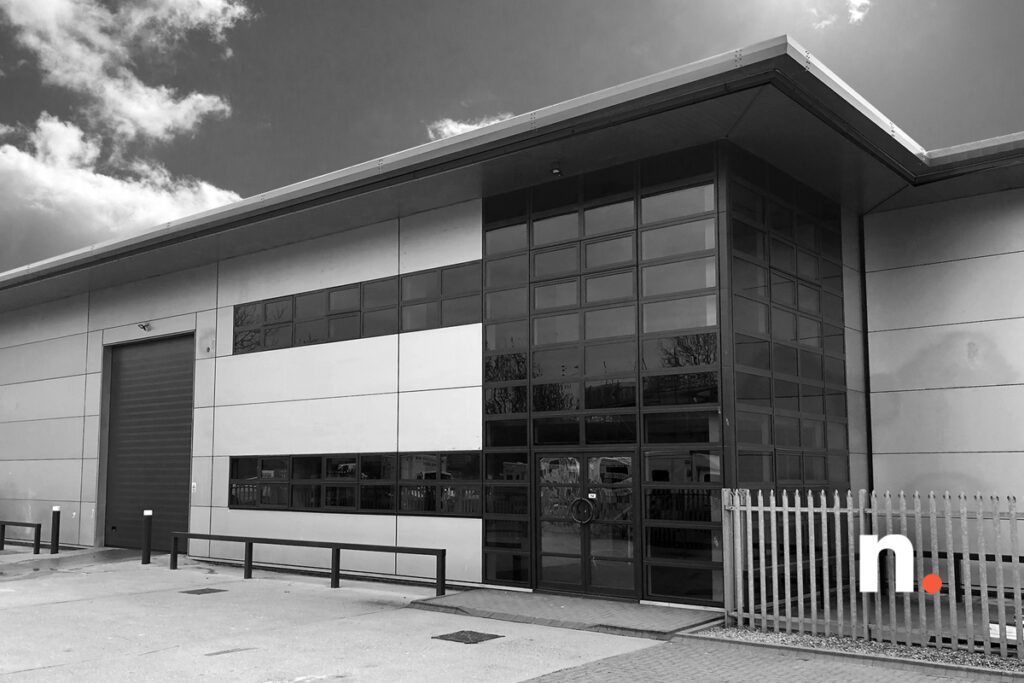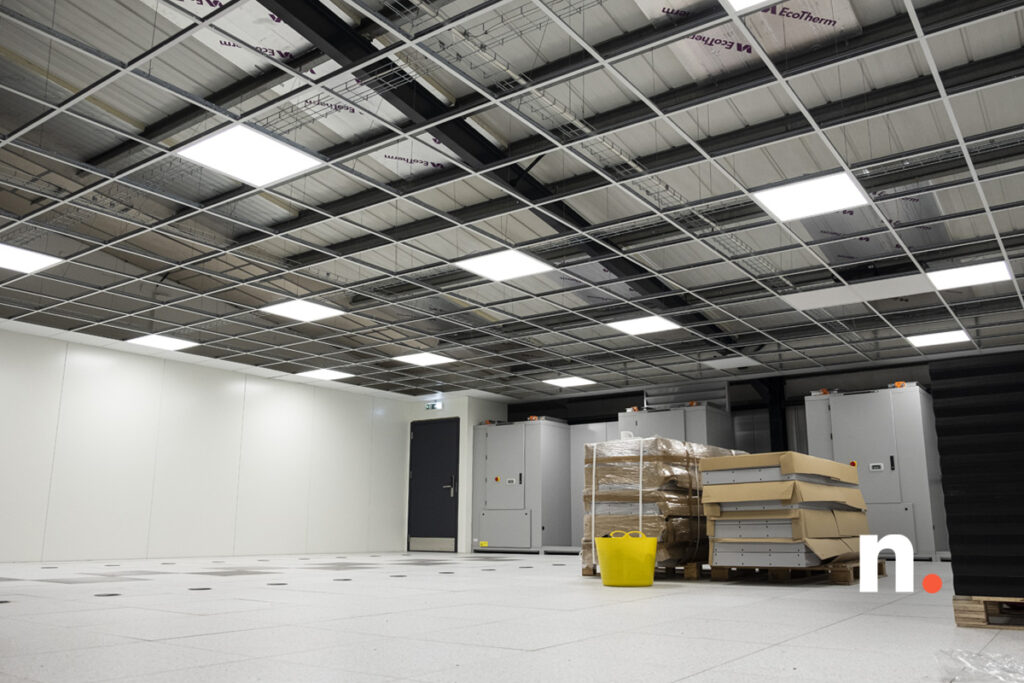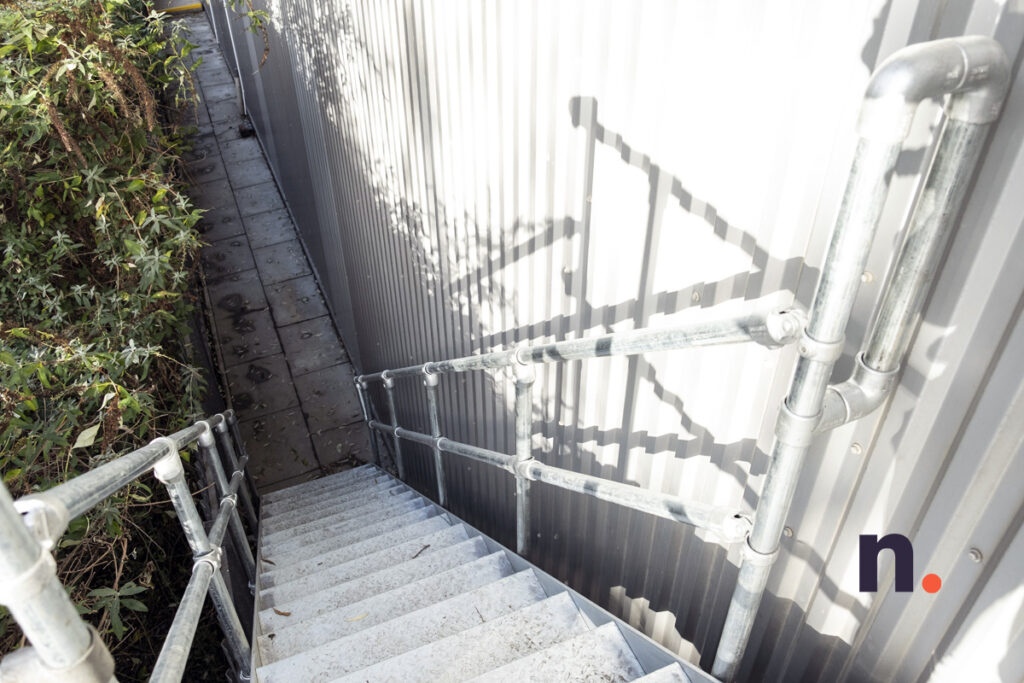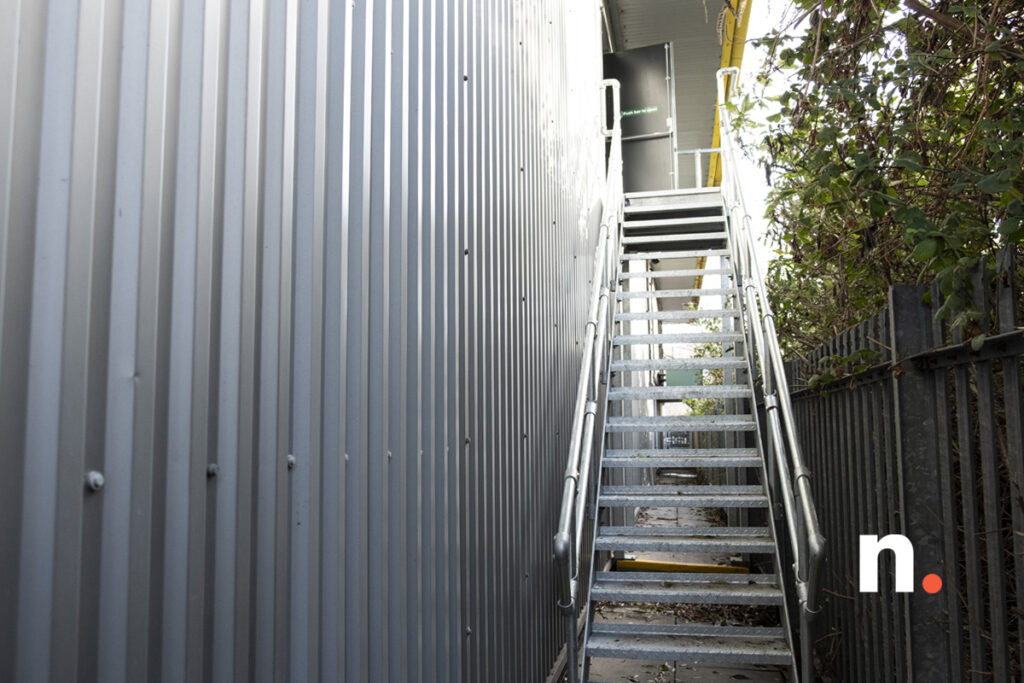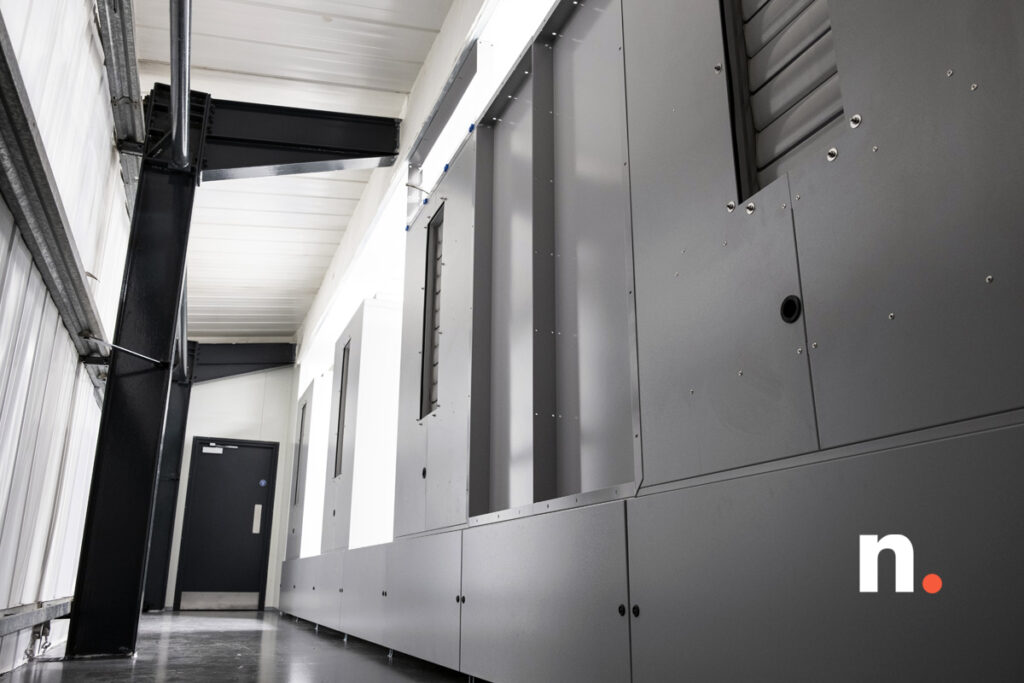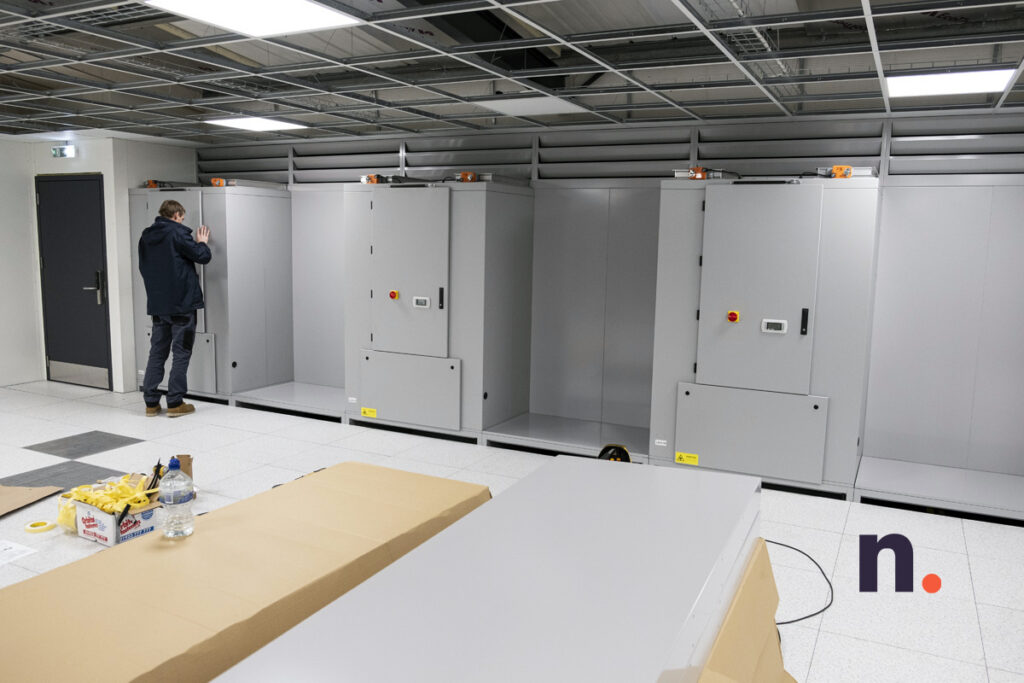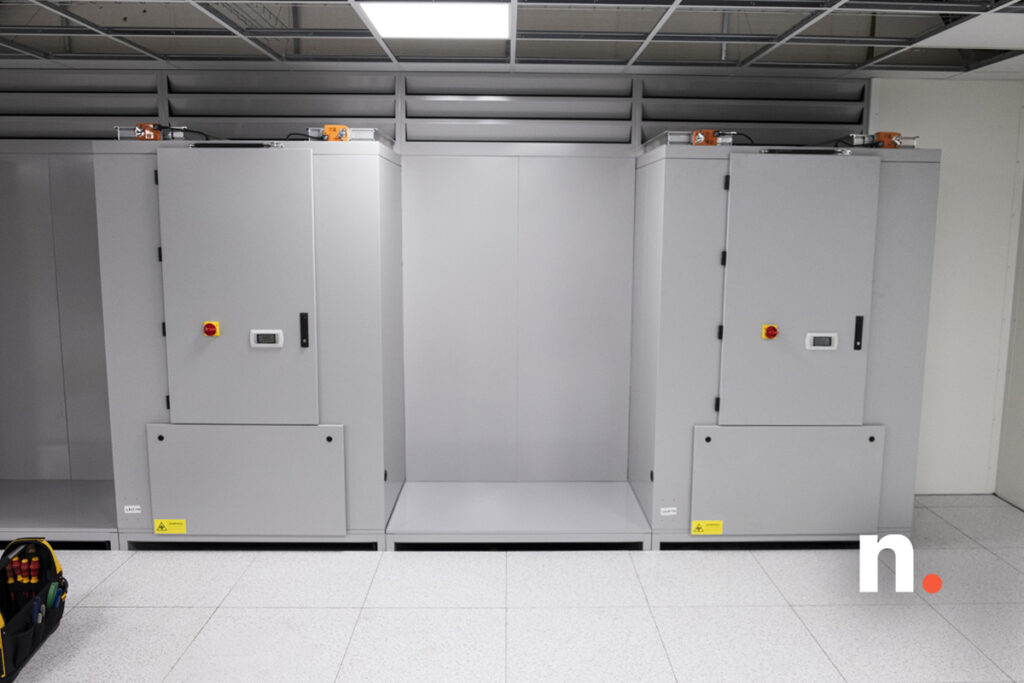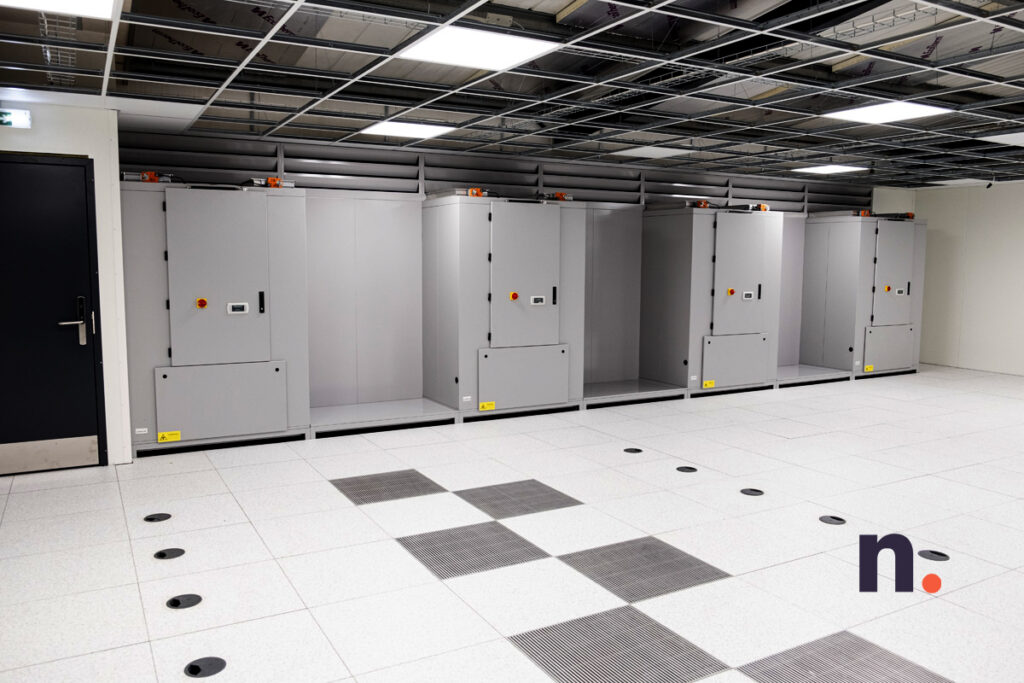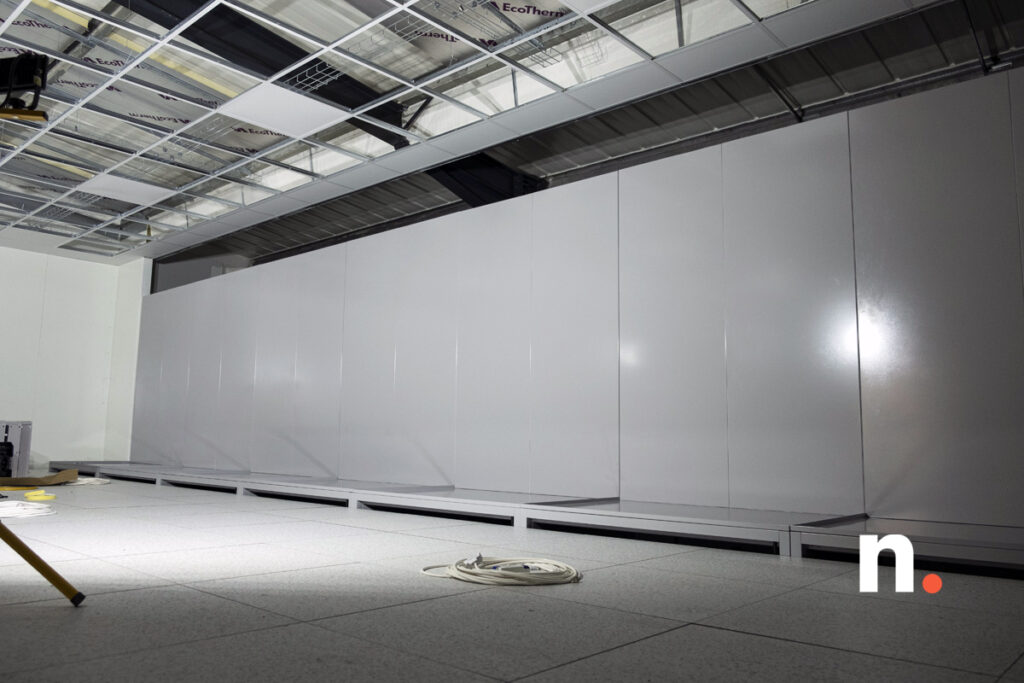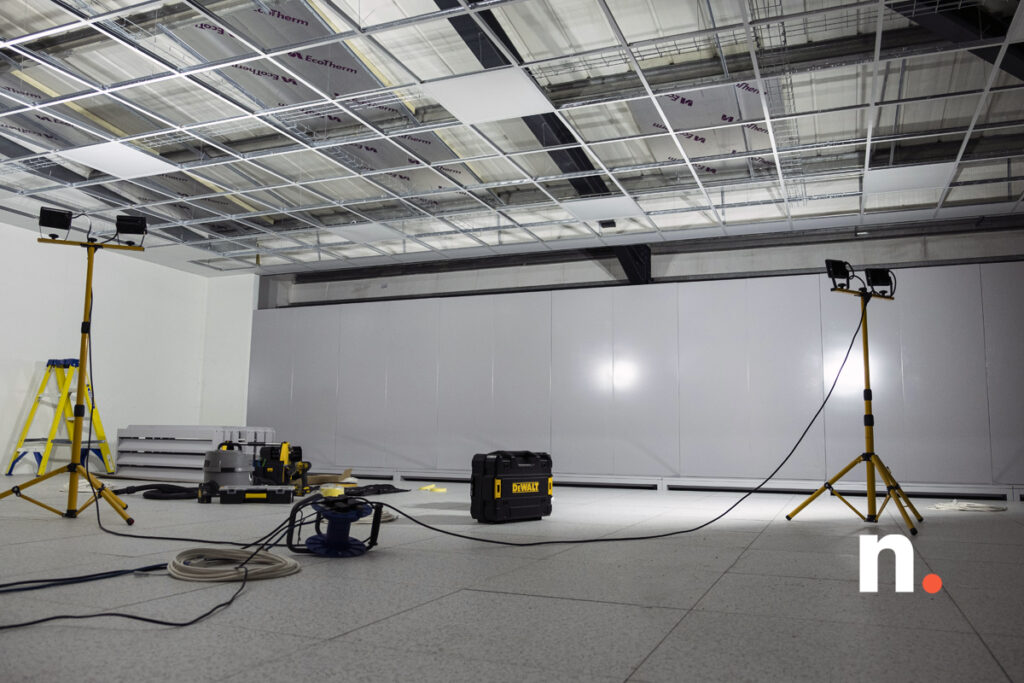There are currently over 4,735 colocation data centres in 126 different countries. More companies are recognising the need for colocation services in properly maintaining their business operations. Otherwise, technical difficulties could cause their business to stall or even crash.
Colocation allows you to share data centre space with other companies, when housing critical IT equipment, such as servers. Installing your hardware in an offsite, well-managed data server can keep various operational and technical limitations from hurting your business. Meanwhile, you still have excellent control over costs, support, uptime and security measures.
Still on the fence about exploring a colocation service this year? Here are a few reasons you shouldn’t wait.
1. Save money
How can your company save money and boost profits this year? Colocation could definitely help.
In order to run your business efficiently and effectively, it’s important to look at ways to control costs. It’s extremely common for businesses in all industries to need notable IT infrastructure these days, particularly given the current reliance on remote working (which is likely set to stay).
On-site infrastructure can use a lot of power. The more power needed to run you setup, the more cooling you’ll need in turn. In other words, you’ll have to consider power and cooling costs, which can quickly drain budgets.
What about your bandwidth / connectivity? You’ll need to factor that in as well, and the chances of delivering this to a suitable standard for round-the-clock uptime is unlikely.
You’ll also need to hire well-trained staff to ensure your infrastructure works as intended.
Each one of these costs can very quickly add up.
When you share a data centre through use of a colocation service, you’re also sharing the energy costs. Meanwhile, you won’t have to worry about hiring and training a team. Instead, you’ll have peace of mind that trained professionals are already keeping your critical equipment safe.
Look for a managed colocation service that offers everything you need. For example, you might want to consider:
- Space
- Power
- Connectivity
- Security
- Support
- Redundancy / resilience
Being able to flexibly chose just the services you need to the relevant specification, like your connectivity services, will help you keep costs under control. At the same time, you won’t have to stress about outages anymore. That downtime could cost you money, and clients as well.
By switching to a colocation service, you can save money, focusing on making money instead.
2. Get more space
Access to rack and powered floor space is one of the main benefits of a colocation service. Your IT equipment is likely taking up a lot of valuable space in your office. You don’t really want to cram all of your critical equipment into a less-than-suitable room on-site, for many reasons.
If you’re hoping to expand your business, you might have to move your servers to another location, which could take valuable time. Beyond that, it’s also a stressful process.
You can’t keep expanding your internal comms room space every time your company requirements grow.
Instead, consider an outsourced colocation service. Choosing a reputable colocation provider will give you the high-specification data centre space you need. They can also provide you with the flexibility to make changes whenever you choose.
By using a colocation centre, you can free up space in your own offices without having to worry about where your critical kit will end up.
3. 24/7 support
Does your on-site team know how to fix every problem you might encounter with your servers and other related equipment? By outsourcing to a colocation service provider, you won’t have to worry about this anymore. Instead, you’ll have expert 24/7 support available whenever you need it.
You’ll always have a team of experienced engineers to answer your questions. They can even help to improve your current setup.
Switching to a colocation data centre gives you a source of reliability, too. You won’t lose valuable time and money caused by equipment outages or downtime. Some data centres offer additional disaster recovery plans to help further prevent any possibility of downtime.
When storing your servers on-site, you could end up with a wide range of tough-to-resolve problems. Each problem can lead to unexpected costs as well. You could have a difficult time predicting your budget.
Storing your servers off-site, however, gives you that predictability. You’ll know exactly how much you’re paying each month.
4. Improve your security
Security issues have become a large problem in recent years. By switching to a colocation service, you can give your customers much greater peace of mind. You’ll know their private information is well-protected.
Colocation centres offer world-class security to their end customers. A provider might offer security systems like biometric scanners and coded access panels. Some offer anti-tailgating technologies as well.
What about their facilities? Many colocation buildings are guarded against tornadoes, floods, storms, fires, and other natural disasters.
Others utilise backup generators to make sure your servers keep running, even if the power goes out.
5. Boost uptime
Downtime costs companies about $5,600 per minute. That’s over $300,000 an hour when you’re dealing with a major outage.
Data centres are located in areas that minimise the risk of human-made and natural disasters. They make use of advanced electrical systems that can be relied on 24/7/365. By choosing a colocation service, you can reduce risks and improve uptime.
Does your company have a disaster recovery plan in place? Make a colocation service part of that plan for your business. This will help to ensure your critical systems keep running still running, before, during and after a disaster.
6. Scalability
Is your business prepared to grow? You’ll need to keep your IT infrastructure in mind. Otherwise, you could struggle to upsize (or downsize) based on your unique requirements.
Look for a colocation centre that offers scalable service options. They’ll help you adjust your services based on your current and future needs. That way, you’re never paying for too much space.
If you need to grow, you can scale up your plan as required. Failing this, you could struggle to provide your customers with everything they expect from your business.
Set up for success
Don’t let technical issues and server problems slow you down this year. Instead, consider making use of a colocation service. By choosing a best-in-class provider, you can set your business up for success in 2021!
Want to work with one of the UK’s leading colocation service providers? We’re here to help!
Get in touch with our team today to discover how we can help your business!

